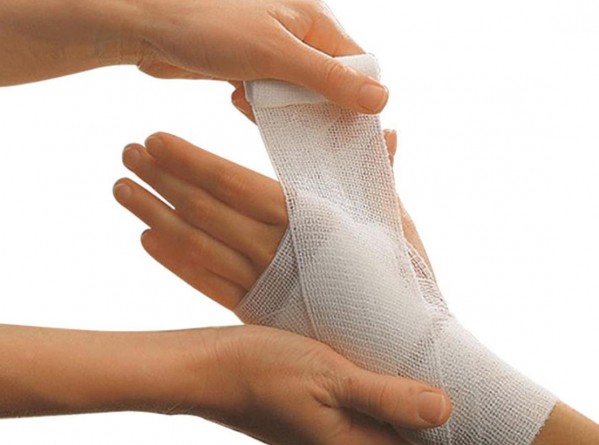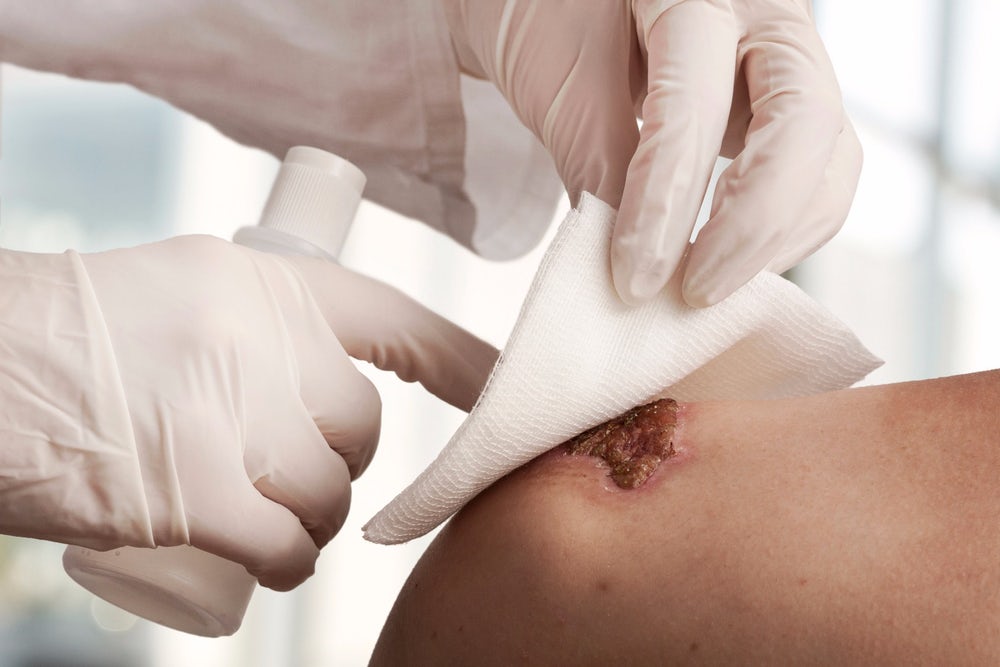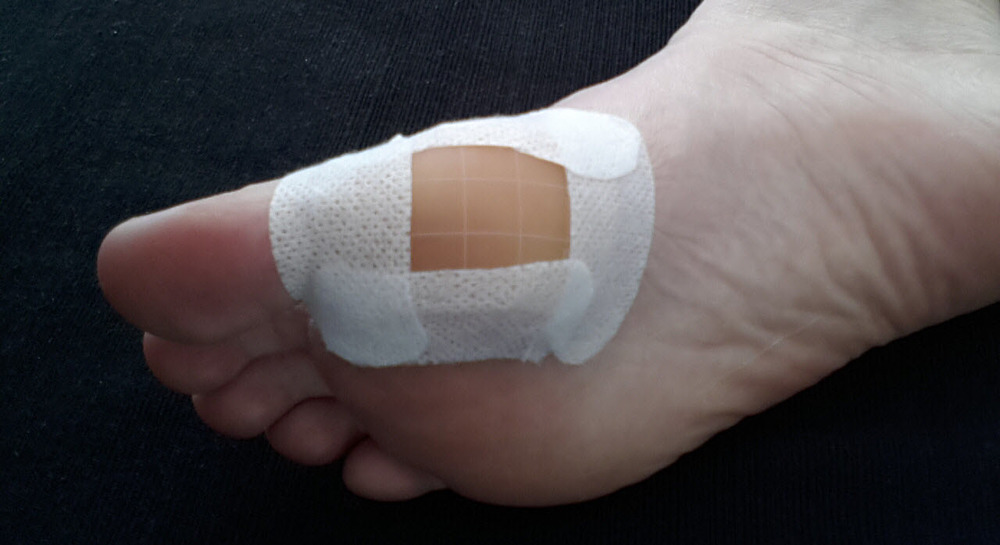Basic Information About Dressings and Bandages
Bandages and dressings are part and parcel of every first aid kit. They come in various shapes and sizes, and they can used for anything from covering wounds to controlling bleeding or as an improvised sling. Let’s take a look at some general guidelines that can help you to choose the right ones to include in your survival first aid kit.
Dressings
Dressings are most-often used for covering wounds and protecting the site from contamination or further injury. Some some with adhesive strips whereas others are pieces of padding. As a general rule of thumb, dressings should be about 1 inch bigger than the wound on all sides. This will help to protect the wound while providing room to anchor it in place atop healthier tissue surrounding the wound. It’s important that your first aid kit contains an assortment of dressings that are different sizes in order to protect against injuries that you may sustain in the field.
Dressings can also be used in layers to help to put pressure on a bleeding wound that is difficult to control. The thicker the padding, the more pressure can be applied to the affected area. While you can always add padding by using clean fabric from a shirt or hoodies, it’s important that the material doesn’t come into direct contact with the wound. Dressings are sterile, which is why they are packaged individually, and this is to keep wounds as germ-free as possible. Dressings usually don’t have adhesive on them. Instead, they are secured with tape or gauze in most cases.
Bandages
Bandages are often confused with dressings, but it’s the bandage that holds the dressing in place, not the other way around. Bandages are usually rolled-up strips of differing material such as gauze or cloth. Bandages can also be made from elastic material, such as what you find in something like an Ace bandage, and this is used to help compress a wound.
When working with bandages, experts suggest using rolls or strips that vary in width as well as length. For elbow and lower arm injuries, look for 3 inch wide bandages. Upper arm, leg and thigh injuries should have 4 inch bandages applied to them, and injuries of the torso or large thigh should have 6 inch bandages under ideal conditions. The reason bandages are so wide is that they cover a larger surface area which reduces the need to wrap strips in layers around a wound. They provide a more-secure wrap, and are less-likely to come loose or form gaps between layers once they are applied to a wound.
Applying Bandages
It’s important to have a sense of how snug a bandage should be around a particular wound. If the bandage is too tight, it can impede circulation or cause discomfort for the patient. If it is too loose, they can cause the dressing to slip off and expose the wound. You can also end up using too much or not enough material to cover the wound or injury in question as well. It’s important to find that “happy middle” when applying a bandage to prevent waste or the unnecessary depletion of your supplies. However, you don’t want to use too little either.
The amount of pressure that you will use with a bandage will depend on if a wound produces bleeding that is difficult to control or if an injury needs to be compressed in order to help immobilize the area. Again, comfort and circulation are two things to be on the lookout for. For joint injuries, a good amount of pressure will help to limit movement, provide support for the patient and minimize the risk of further damage to the affected area. For wound injuries, bandages can help to control bleeding in addition to protecting the area from contamination.
As a general rule of thumb, you never want to apply so much pressure that the area below the injury starts to turn purple or blue. This is an indication that blood is being trapped below the wound site, and this can lead to a host of severe complications, some life-threatening, that are avoidable. You also want to check that the patient is not experiencing tingling or numbness in areas below the wound site as well. These are all indicators that the bandage is too tight.
It’s also important to have a combination of compression as well as gauze bandages in your first aid kit. You generally don’t want to apply compression bandages to wounds where bleeding is under control, and you don’t want to use gauze to compress injuries to joints as they are not as effective with keeping them immobilized.
Final Thoughts
You should never re-use dressings as doing so can lead to severe infections. However, you can reuse bandages as long as they don’t come into direct contact with an open wound. This is why it’s important to have more dressings on hand than bandages.
It’s also important to adapt your first aid kit to the conditions that you expect to face. While you can keep a large all-purpose kit in your home or vehicle, it is not practical to bring that much stuff with you on a hike. There are lot of different opinions out there in terms of creating the perfect first aid kit, and you can easily come up with a combination of items that will most-likely be needed based on the situation at hand.
Finally, try to avoid using adhesive bandages on large wounds unless they are big enough to extend to around 1 inch on either side. Adhesive bandages do not have the same strength as their padded counterparts, and peeling them off, particularly ones that are too small, can cause further damage to the wound or unnecessary pain around sensitive areas. Instead, consider using cloth-based surgical tape. It will usually provide enough adhesion to hold the dressing in place until you can wrap a bandage around the wound.
Learn more about different first aid techniques associated with efficiently-dressing bandages and wounds. The process is not that complicated, but it’s important to get a feel for what will need to be done so you can focus on treating a victim in the field instead of practicing.



